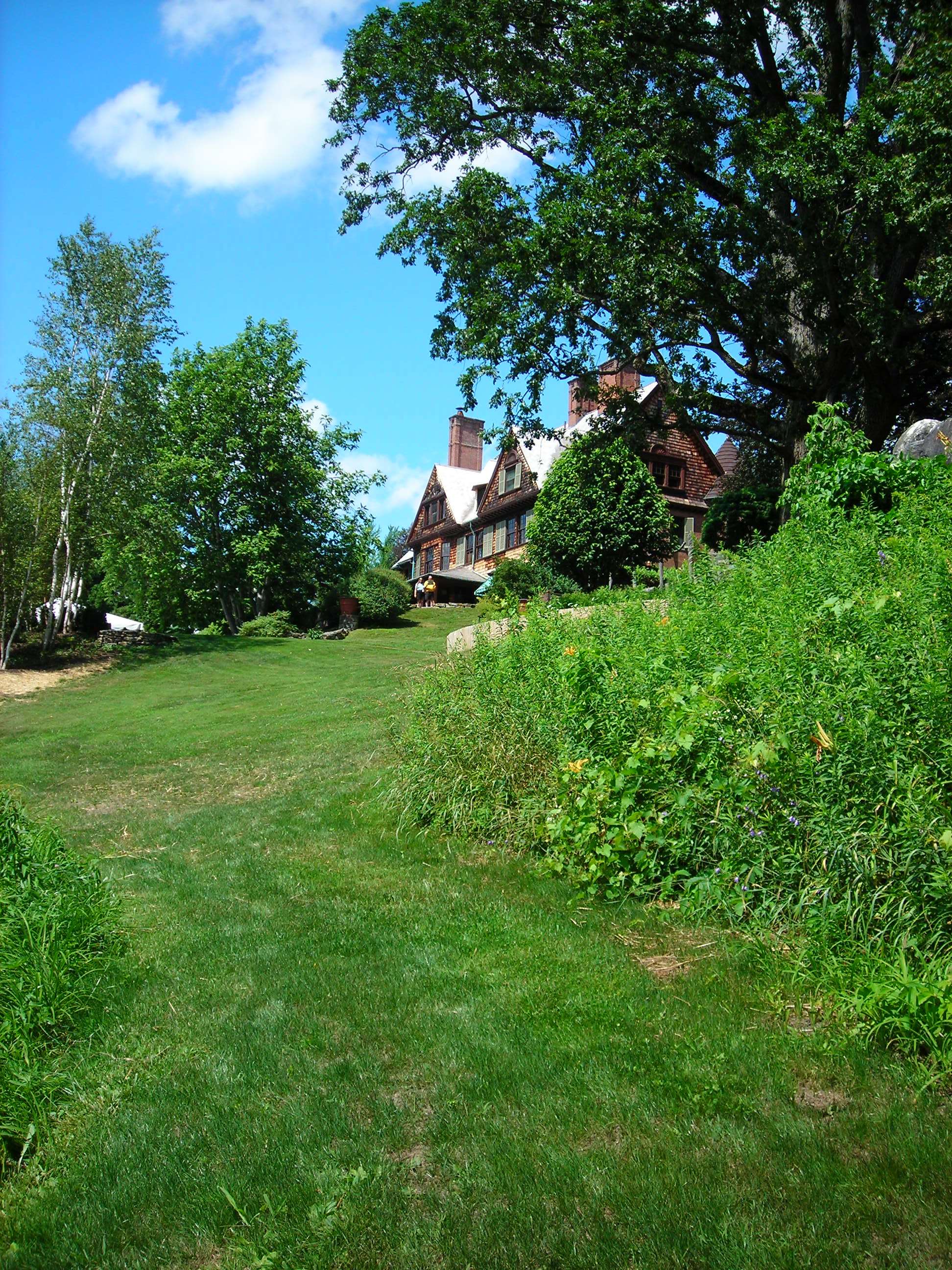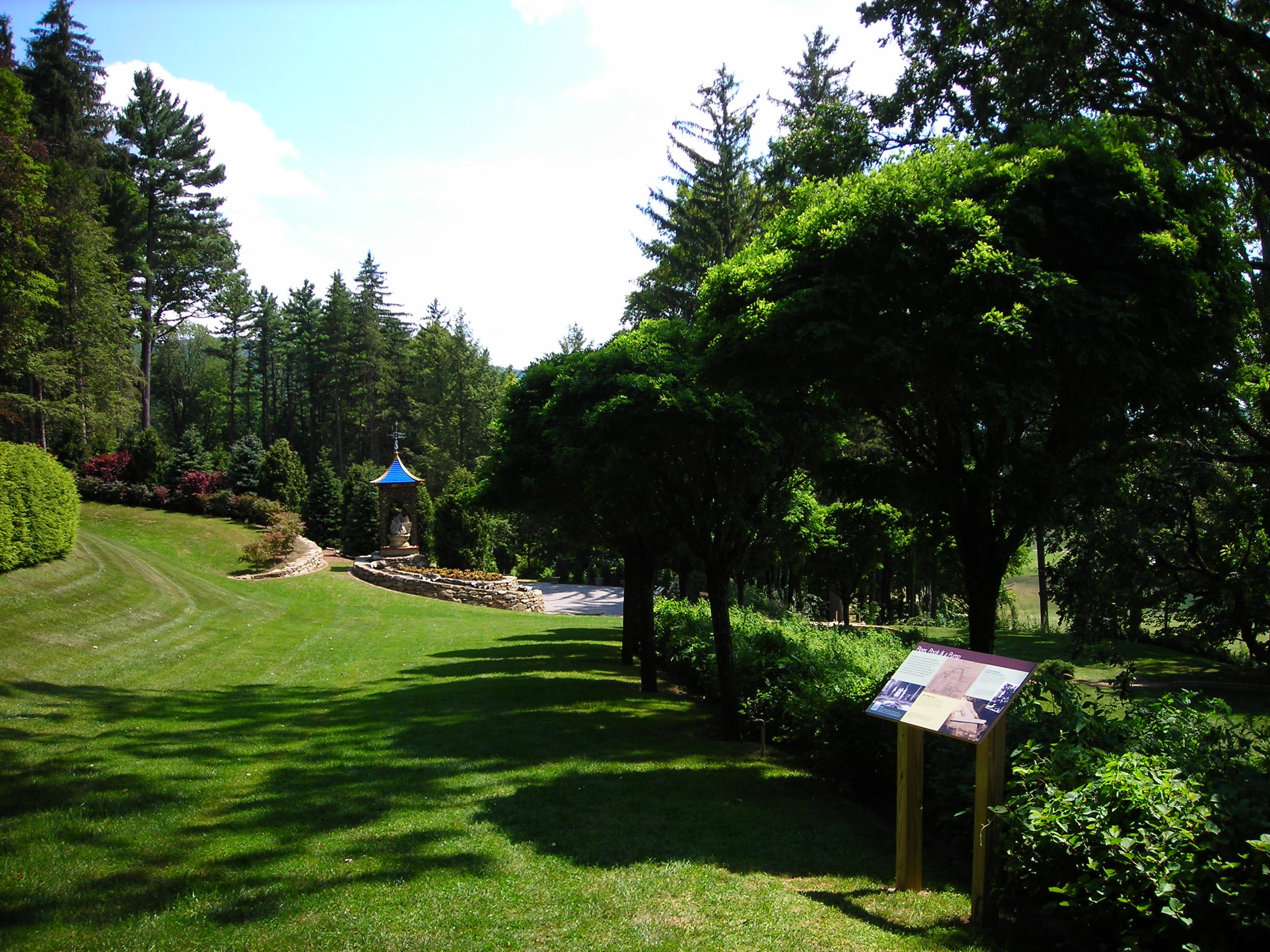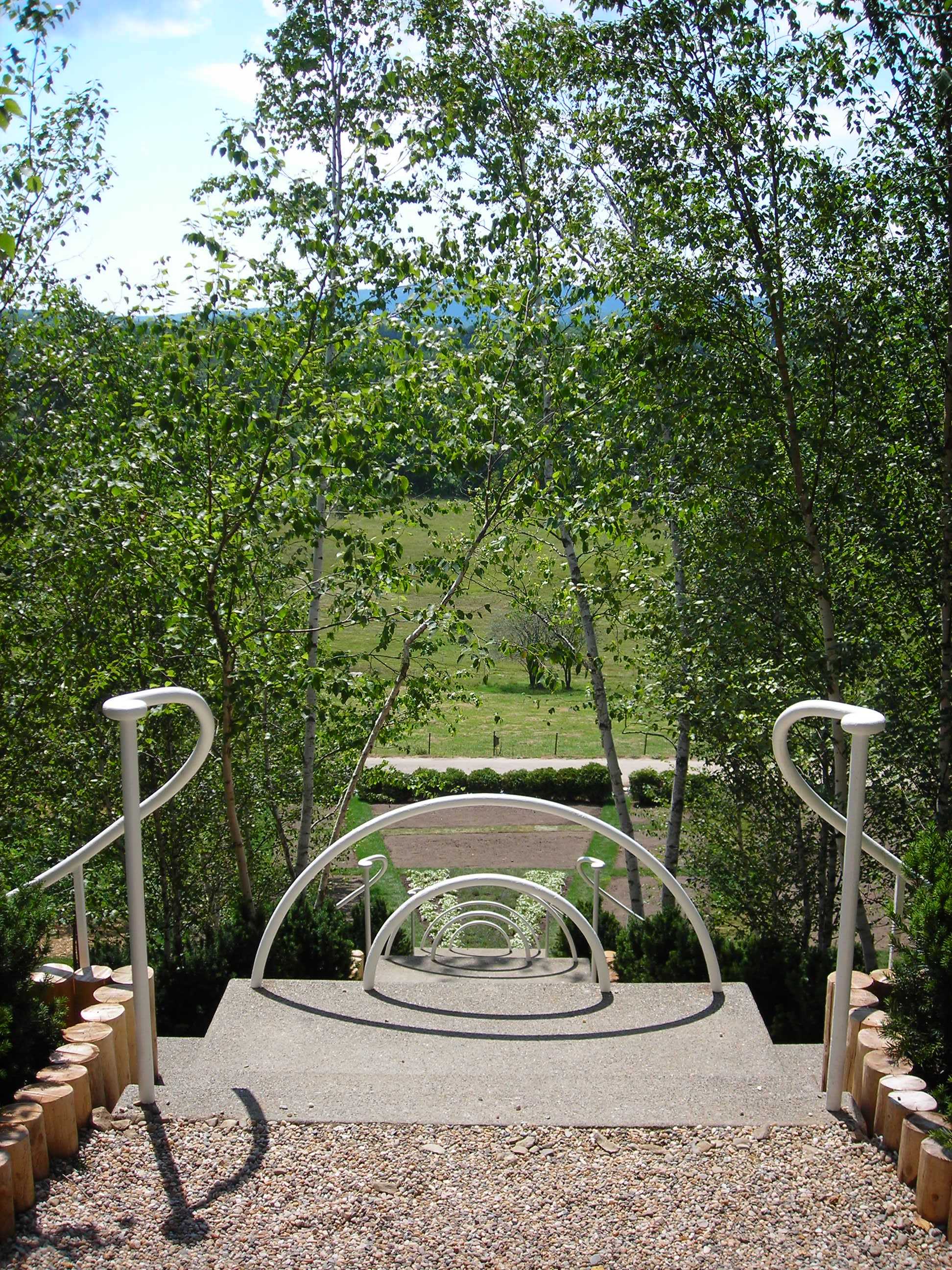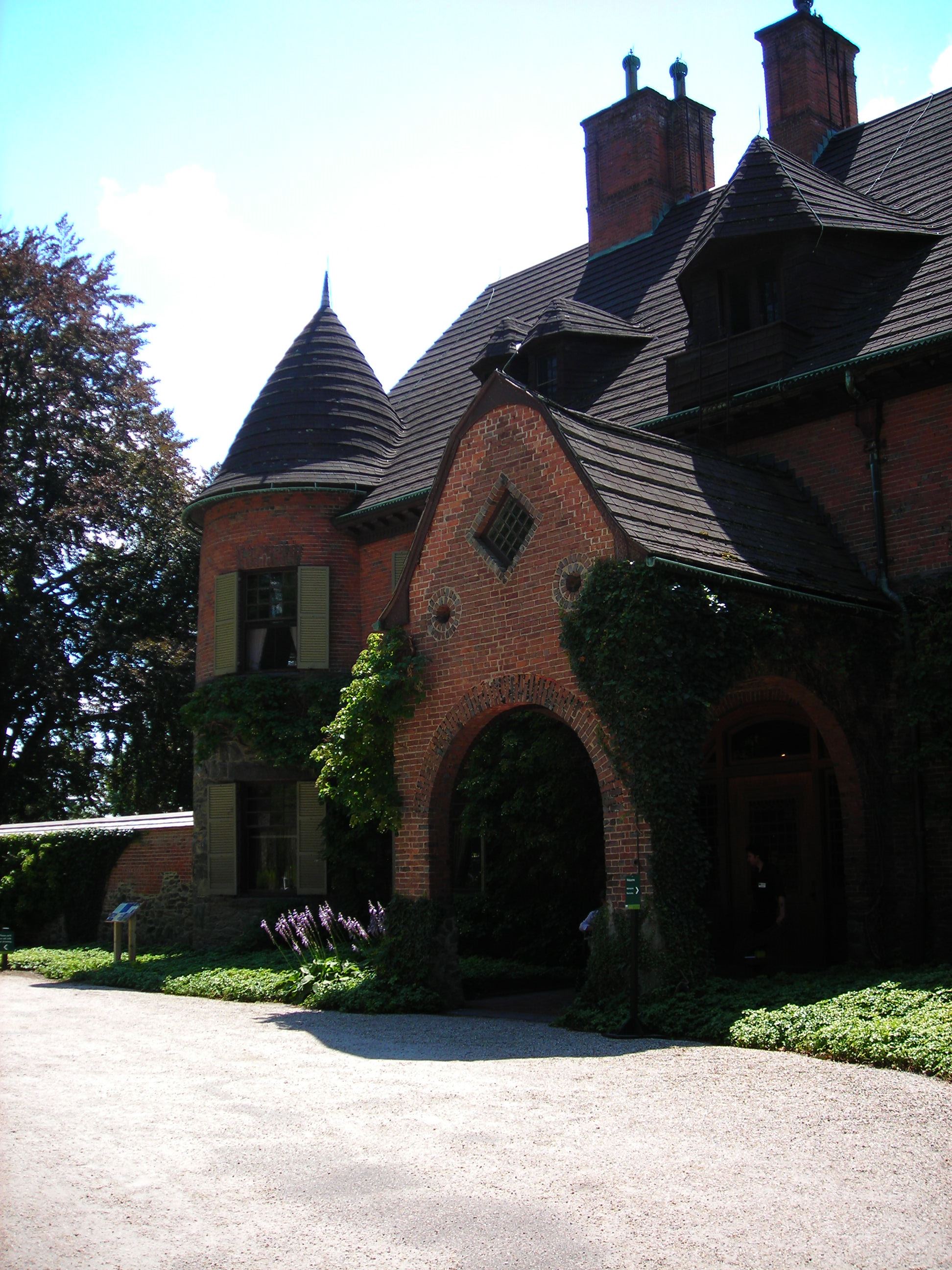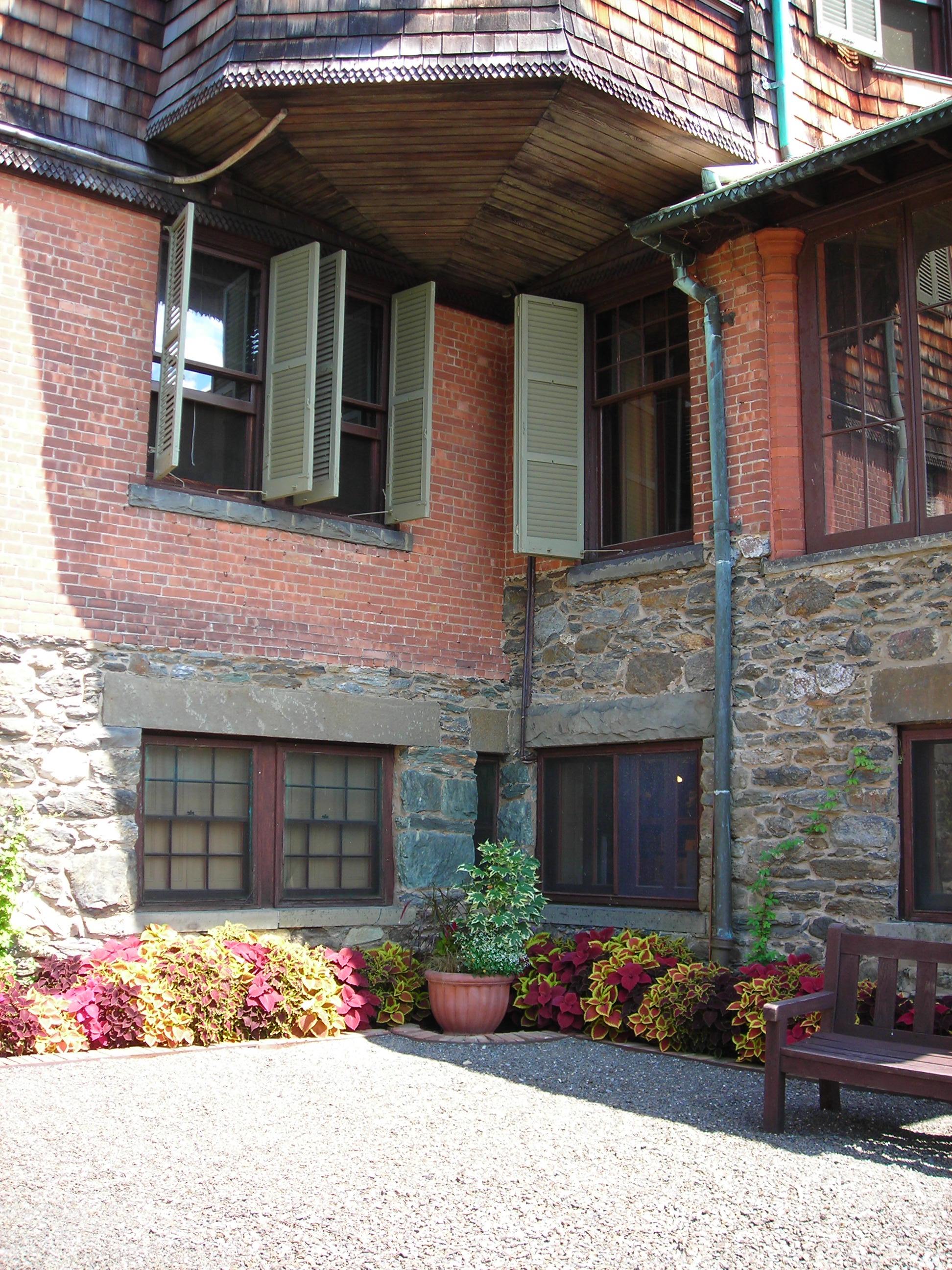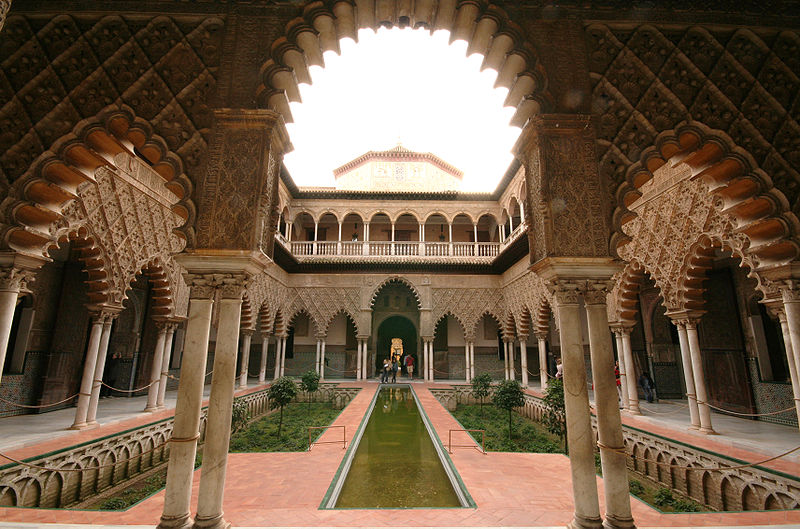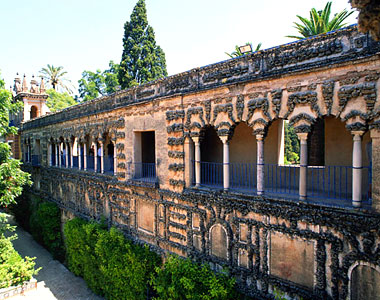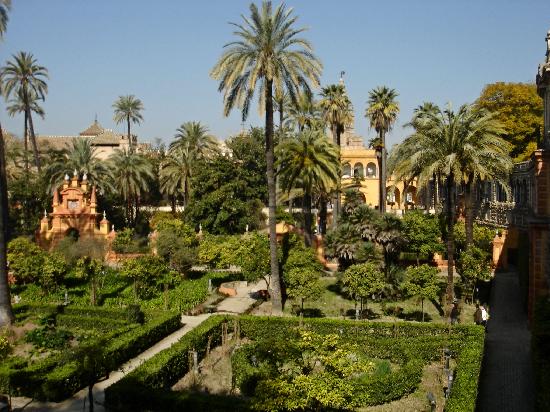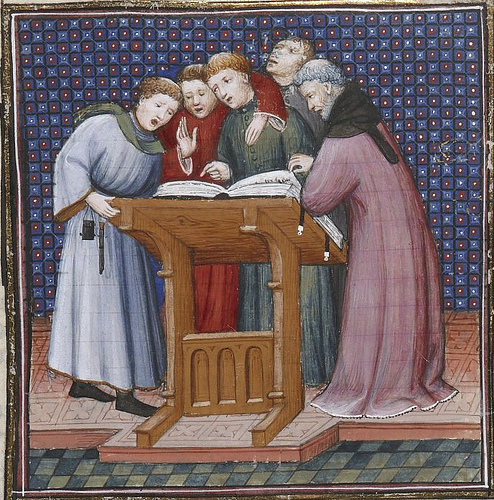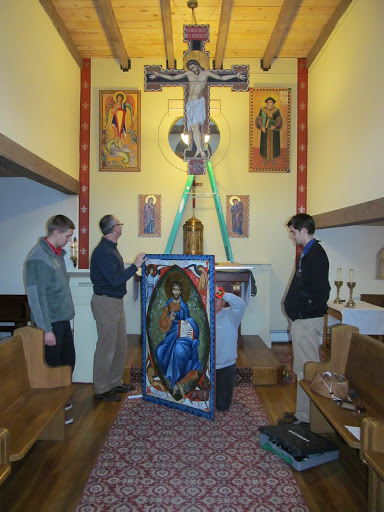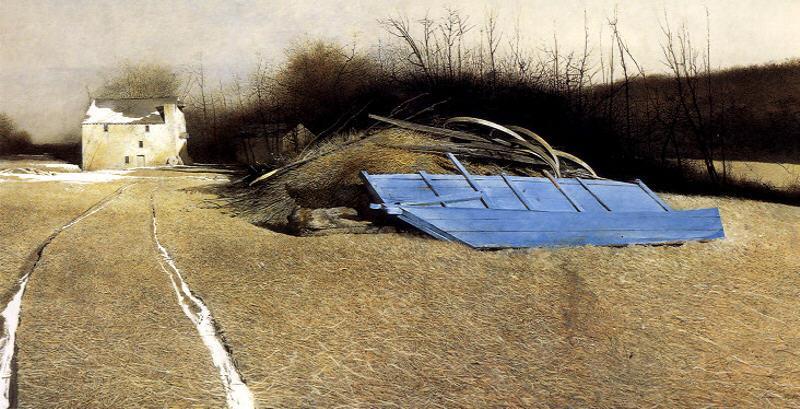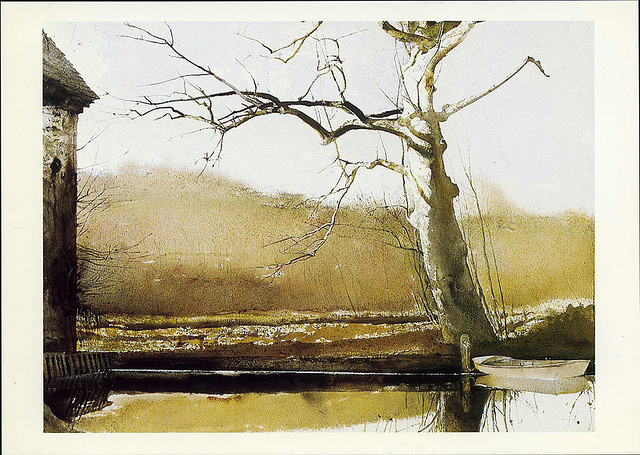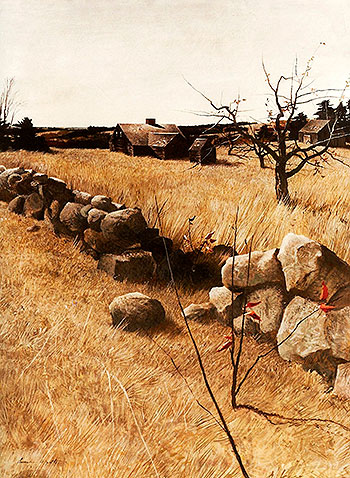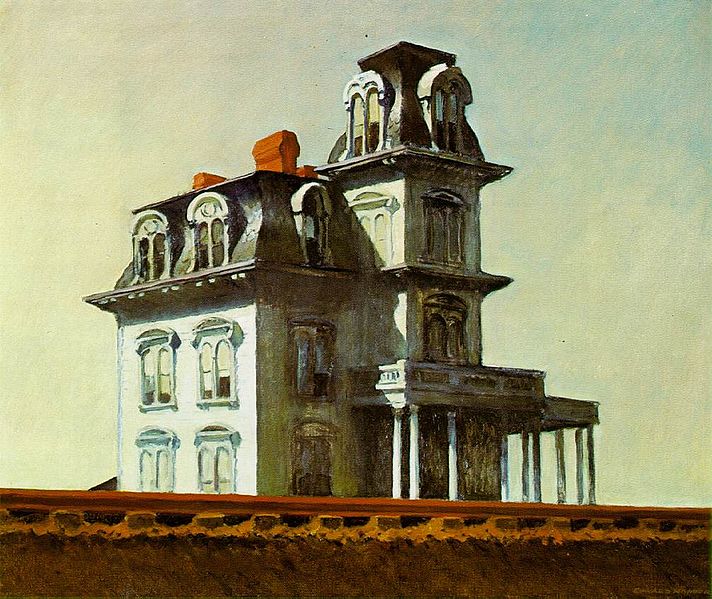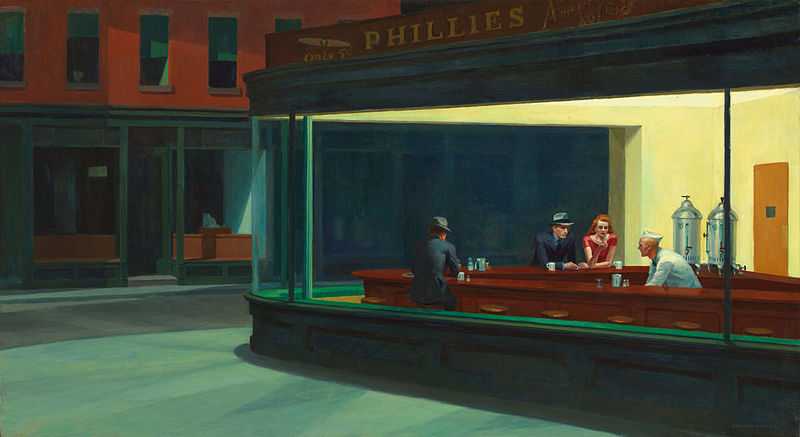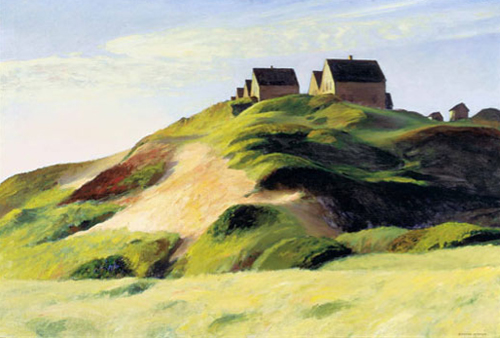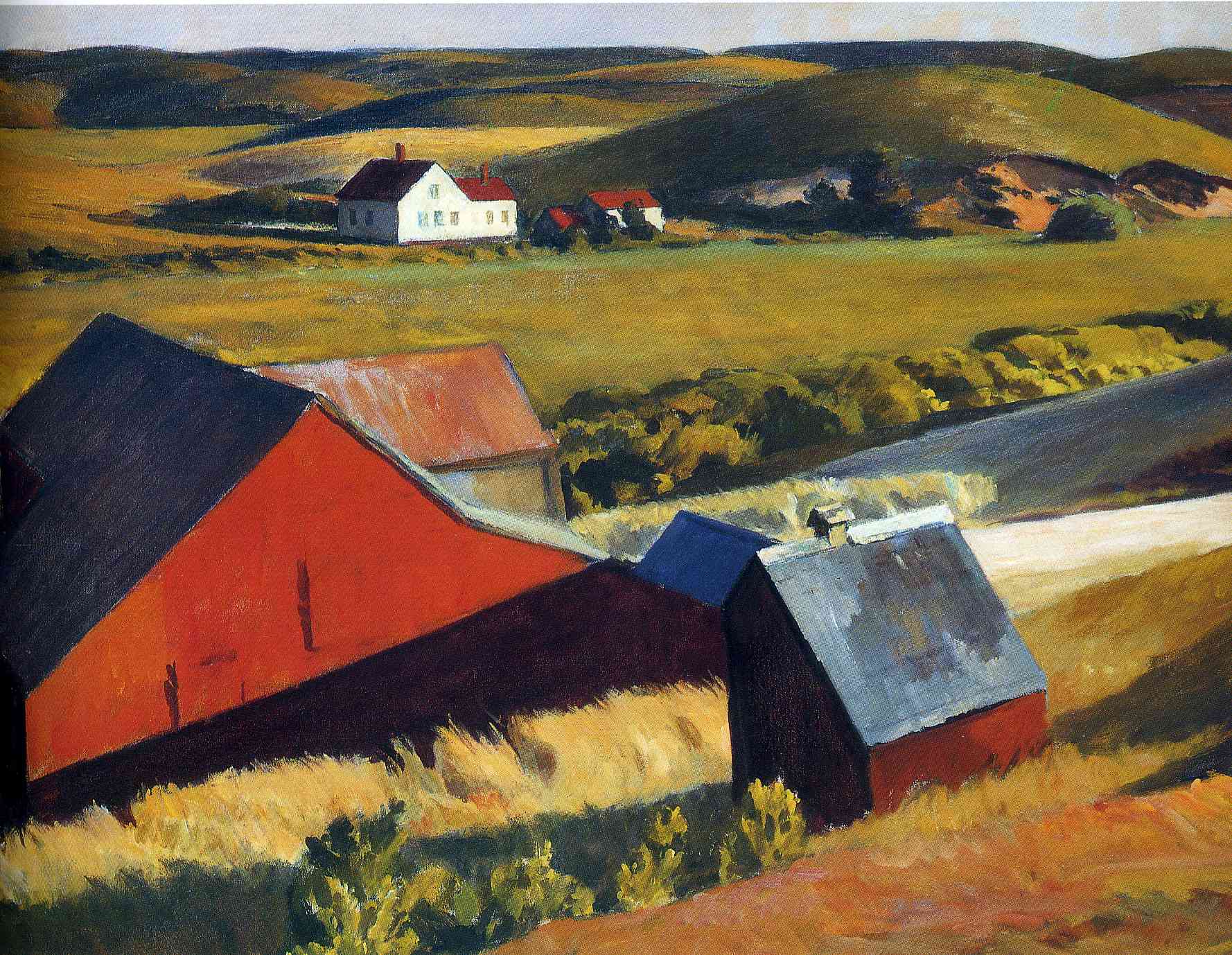In my summer trip to London I spent a day walking around just looking at the sights. A great way to do this is to walk the parks - so we spent a day walking along the Embankment park, through to Trafalgar Square to St James Park, then Green Park and then Hyde Park. Along the way could see so many of the sights - the Thames, the Houses of Parliament, Buckingham Palace, Pall Mall, Hyde Park Corner for example. We stopped regularly for a cup of tea bought at the kiosks in the park and enjoyed the gardens and public art as well as the more famous buildings.
I am convinced that gardens are the height of man's interaction of with creation in which its beauty is raised up to something beyond the wilderness. The importance of public gardens in cities cannot be overemphasized, in my opinion, for it is through them that those living in cities can have direct contact with the cultivated land, which is I believe a fundamental need of man. I do not think that this need necessarily means that man ought to be able to cultivate his own food, so do not subscribe to the lan-reformers' slogan of 'three acres and a cow'. I personally have little interest in animal husbandry, aviculture, apiculture or agriculture and am very happy for others who are specialists to do this and supply supermarkets where I can buy their produce. I do believe in as much access to land as is possible, whether gardens or fields and so like the common European model of right to roam in which people have access to private property provided they respect it.
 City parks and gardens derive their beauty as much from the public art as they do from the plants grown. Public art, of course has a greater impact also in those areas where there is no cultivation and Trafalgar Square in London is made by the Lions and Nelson's column as well as the beauty of the buildings on it. There is a plinth on in the corner of Trafalgar Square and that is always given to a piece of contemporary art which changes regularly. The latest fiasco to occupy this spot is time a giant purple cockerel that looks as though its made out of resin. What an absurdity! The scale of a piece of art speaks of its importance - the huge size of this, and its garish unnatural colour make it dominate the whole square, clashing with the otherwise harmonious arrangement of the other works in the square and working contrary to the natural hierarchy, in which cockerels come below man.
City parks and gardens derive their beauty as much from the public art as they do from the plants grown. Public art, of course has a greater impact also in those areas where there is no cultivation and Trafalgar Square in London is made by the Lions and Nelson's column as well as the beauty of the buildings on it. There is a plinth on in the corner of Trafalgar Square and that is always given to a piece of contemporary art which changes regularly. The latest fiasco to occupy this spot is time a giant purple cockerel that looks as though its made out of resin. What an absurdity! The scale of a piece of art speaks of its importance - the huge size of this, and its garish unnatural colour make it dominate the whole square, clashing with the otherwise harmonious arrangement of the other works in the square and working contrary to the natural hierarchy, in which cockerels come below man.
The one positive is the new memorial to the members of the RAF who died during the war which was dedicated withing the last 12 months at Hyde Park corner. In contrast to the previous piece, this was set in a columned arcade and was something worthy of public attention. the style of the sculpture was traditional and accessible, and was aiming to make a statement about those who died and not the artist. I think that public art should be making a statement that has relevance at a public level. This does, the giant cockerel...well if it is, it isn't communicating it to me.
So we'll start with the new war memorial and then show pictures of the gardens.
The Greek columns support the roof over the sculpture of the bombers
And here's another modern piece next to it...who knows what this is about. It might be important, but nothing about it makes you want to care.
And now the gardens: the park on the Embankment is a thin slither of land that lines the river, with high buildings on the other side. It is barely any wider than what you can see here.
St James park. below next few, has an ornate entrance from Pall Mall and even the path up to the public toilets is beautifully tended beds on either side.
Next is Hyde Park. Within this there is a rose garden that has charming groves with a benches focussing on a fountain or statue. I am not usually a fan of rose gardens. While the blooms can be lovely they are usually rather dull rectangular borders with heavily pruned rose bushes surrounded by bare ground. This rose garden consistedof lots of rambling and shrub roses and no bare ground at all. I much prefer this.
And here is a nearby but different floral alcove:
And finally here is the boathouse on the Serpentine in Hyde Park. I'm guessing that this was built in the 1920s. Notice how even this faux Elizabethan, half-timbered look has an elegance given to it by the three tiered division of unequal size the design in the walls. This is classic harmonious proportion. So the first layer is brick, the second is larger and then finally at the top, just below the eaves you have the smallest division (broken up into squares)



 If is commonly held that working conditions in 19th century cities were much worse than those who lived and worked in the countryside at the time or earlier; similarly you will regularly hear that the creation of factories split up families because the father had to go to work for so many hours every day whereas previously they had seen much more of him. When I questioned the basis of this once with some, the answer I got was that 'Charles Dickens proved it'. This was not a satisfactory answer to me - even if his picture portrayed in his novels is accurate it represents at best anecdotal evidence. It would be foolish, I suggest, to draw any conclusions about the general situation at this period only by consideration of works of fiction written for popular consumption. It does not give us facts and figures that might indicate what living standards were actually like during the 19th century; how conditions in the cities compared to those in the country; and how those conditions compared to the those of the previous century.
For an alternative view i looked to Capitalism and the Historians. This is a series of essays by economic historians who conclude that under capitalism in the 19th century, despite long hours and other hardships of factory life, people were in fact better off financially, had more opportunities to better themselves financially, had better living conditions and lived a life more supportive of the family life than those who lived in the country.
If is commonly held that working conditions in 19th century cities were much worse than those who lived and worked in the countryside at the time or earlier; similarly you will regularly hear that the creation of factories split up families because the father had to go to work for so many hours every day whereas previously they had seen much more of him. When I questioned the basis of this once with some, the answer I got was that 'Charles Dickens proved it'. This was not a satisfactory answer to me - even if his picture portrayed in his novels is accurate it represents at best anecdotal evidence. It would be foolish, I suggest, to draw any conclusions about the general situation at this period only by consideration of works of fiction written for popular consumption. It does not give us facts and figures that might indicate what living standards were actually like during the 19th century; how conditions in the cities compared to those in the country; and how those conditions compared to the those of the previous century.
For an alternative view i looked to Capitalism and the Historians. This is a series of essays by economic historians who conclude that under capitalism in the 19th century, despite long hours and other hardships of factory life, people were in fact better off financially, had more opportunities to better themselves financially, had better living conditions and lived a life more supportive of the family life than those who lived in the country. Here's some more work from the summer painting course I taught in Kansas City, Kansas at the Savior Pastoral Center Kansas. It was sponsored by the Diocese of Kansas City, Kansas which runs the center. I thought I would show some of the work done by students. This is unusual in that we focussed on 13th century gothic illuminated manuscripts from the School of St Albans. The original is shown top left and the work of the class below. Apologies to those whose work isn't featured - I really haven't deliberately cut anyone out. For some reason I didn't arrive home with photographs of everybody's work.
We have already booked up to do two more courses next summer, so those who are interested might even contact the center now. This year the places went quickly and we could have filled the class more than twice over. The center website is
Here's some more work from the summer painting course I taught in Kansas City, Kansas at the Savior Pastoral Center Kansas. It was sponsored by the Diocese of Kansas City, Kansas which runs the center. I thought I would show some of the work done by students. This is unusual in that we focussed on 13th century gothic illuminated manuscripts from the School of St Albans. The original is shown top left and the work of the class below. Apologies to those whose work isn't featured - I really haven't deliberately cut anyone out. For some reason I didn't arrive home with photographs of everybody's work.
We have already booked up to do two more courses next summer, so those who are interested might even contact the center now. This year the places went quickly and we could have filled the class more than twice over. The center website is 



 This summer we held a painting course in Kansas City, Kansas at the Savior Pastoral Center Kansas. I taught it and it was sponsored by the Diocese of Kansas City, Kansas which runs the center. I thought I would show some of the work done by students. This is unusual in that we focussed on 13th century gothic illuminated manuscripts from the School of St Albans. This one is a St Christopher painted by a master of the school called Matthew Paris.
The students, Paul Jentz and his mother Christi (who kindly took and sent me the photographs) worked from the image shown top left. They constructed a grid as a help but drew the design by hand. While giving them guidance, I gave each freedom to vary the border and the colour schemes. I think you'll agree that they did a good job.
This summer we held a painting course in Kansas City, Kansas at the Savior Pastoral Center Kansas. I taught it and it was sponsored by the Diocese of Kansas City, Kansas which runs the center. I thought I would show some of the work done by students. This is unusual in that we focussed on 13th century gothic illuminated manuscripts from the School of St Albans. This one is a St Christopher painted by a master of the school called Matthew Paris.
The students, Paul Jentz and his mother Christi (who kindly took and sent me the photographs) worked from the image shown top left. They constructed a grid as a help but drew the design by hand. While giving them guidance, I gave each freedom to vary the border and the colour schemes. I think you'll agree that they did a good job. .
.






